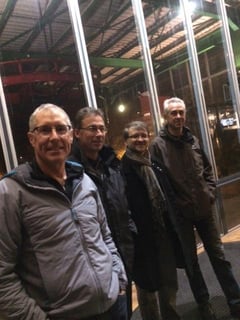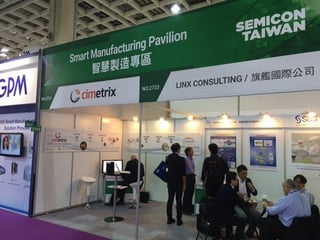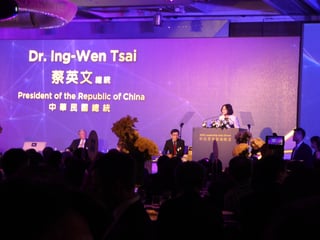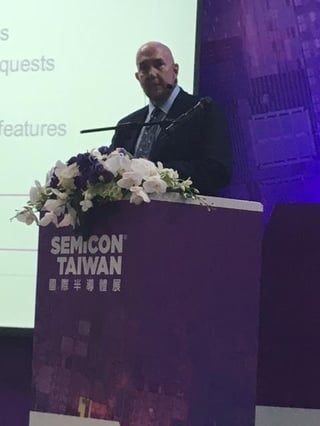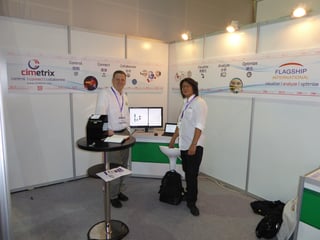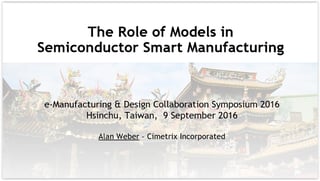 SEMI North America Information & Control Task Force and Committee fall meetings were last held at SEMI headquarters November 7 through 9, 2016. During these meetings, SEMI announced that they are relocating their headquarters to Milpitas, CA. That move is currently underway. In the GEM 300 task force, all of the ballots failed to pass. This include ballot 5872A, 5549, 6026, 6066, and 6068. In the DDA task force, ballot 6064 also failed.
SEMI North America Information & Control Task Force and Committee fall meetings were last held at SEMI headquarters November 7 through 9, 2016. During these meetings, SEMI announced that they are relocating their headquarters to Milpitas, CA. That move is currently underway. In the GEM 300 task force, all of the ballots failed to pass. This include ballot 5872A, 5549, 6026, 6066, and 6068. In the DDA task force, ballot 6064 also failed.
Ballot 5872A is work driven by Cimetrix to complete to work initially proposed for the E172 standard SEDD files, a feature to enable an electronic format for GEM documentation. Ballot 5872A failed due to some minor issues. SEDD files already provide partial GEM interface documentation in an XML file by listing the data variables, status variables, equipment constants, collection events and alarms. The ballot proposes to enhance SEDD files by adding a list of supported SECS-II messages, remote commands, SEMI standards (with compliance tables), and default event reports. The ballot will be reworked and resubmitted as ballot 5872B.
Ballot 5549A is a title change and organizational change to the GEM E30 standard. Several years ago, SEMI required all standards to have an official designation, such as Guide or Specification. E30 currently has a title that fails to establish an official standard designation. Additionally, the standard currently fails to have the mandatory sections “Purpose”, “Scope”, “Limitations” like other standards. The ballot was delayed several years due to the SML copyright claim by Peer Group and the ensuing legal confrontation with SEMI. The ballot was finally submitted in 2016 and failed because it renamed the Application Notes as an Appendix instead of “Related Information”. Additionally, there was some confusion because the ballot was based on the 0611 version of E30 rather than the 0416 version which had just been published. This ballot will be reworked and resubmitted as ballot 5549B.
Ballots 6026, 6066, 6068 and 6024 are reapproval ballots for standards E109, E130/E130.1, E116/E116.1 and E121. SEMI automatically submits all standards for re-approval every five years if a standard has not been revised. These standards all failed due to outdated references. They will all be resubmitted in 2017 with minor changes to correct the outdated references.
The new GUI task force was approved to create a new major revision of the E95 standard. In particular, the new revision will accommodate new software and hardware technology when laying out equipment user interfaces.
Cimetrix proposed a new activity to define new SECS-II messages for transferring recipes. The activity will result in a new ballot 6614. Currently, the GEM standard defines two ways to transfer unformatted recipes. Using simple Stream 7 messages S7F3 and S7F6, the entire recipe is part of a single message. This makes is really easy to implement in the host and equipment GEM software, but recipes are limited to about 16.7 MB (the maximum size of a single data item in any SECS-II message). The second way is using the large recipe scenarios which involve using a sequence of messages S7F43/F44, S13F1/S13F2, S13F3/F4, S13F5/F6 (repeated iteratively until there is an error), S6F11/F12 and finally S13F7/F8. Even for an expert, this is very complicated. Ballot 6614 will propose simple new messages for transferring a large recipe using a single message where the recipe can be broken up into multiple parts where each part is up to 16.7 MB in size. If approved, another ballot will attempt to add this to GEM standard. This will open the door for the GEM standard to be used more effectively and in more application where the 16.7 MB limitation posed an issue.
Japan Information & Control committee (I&CC) announced the official withdrawal of OBEM standards E98 and E98.1. Japan also announced a GEM300A initiative which includes standards E170 and E171 and E174. E170 is the Production Recipe Standard which allows equipment to designate production and non-production recipes; where production recipes are given change protection. E171 defines predictive carrier logistics. Ballot 5601 defines Wafer Job Management. It is not clear whether or not there any IC makers will demand any of these newer standards. Of the three, E170 seems to be most useful and interesting. Predictive carrier logistics seems to be useful only for equipment that have carrier internal buffers. It attempts to help the equipment report when carriers will be ready for removal. It is not clear how E171 will compete with the upcoming E87 ballot 4946 to be submitted by the Korean Information & Control Committee in 2017. Ballot 4946 modified the E87 standard to predict when carriers will be ready to unload. Wafer Job Management is a controversial standard. Japan I&CC announced the passing of ballot 5601 (now E174) despite the strong opposition by multiple knowledgeable voters in other regions, and despite very underwhelming support from regional leaders in North America, Korea, Europe and Taiwan.
Korean Information & Control committee announced plans to submit ballot 5832, a proposal for a new Generic Counter standard which is built upon the GEM standard. The standard would allow an equipment to define various types of generic “counters” that can be reset by the host. The counters could be used a wide variety of applications; particularly predictive maintenance. The standard as defined in the current ballot defines digital counters, analog counters and collection event counters. Voting period for this ballot just ended recently.
Next North American I&CC meetings will be held first week in April, 2017.
 Can you think of a better place to spend time with customers and partners than Munich, Germany during Productronica and SEMICON Europa trade fairs? SEMICON Europa has had dwindling attendance in the past few years, even in a hot semiconductor market, so SEMI decided to combine with the robust Productronica for 2017. It was a great decision. This trade fair had 8 full and busy halls as a result; with high spirits from all attendees. Four of the Productronica halls were dedicated to the SMT industry (Surface Mount Technology) which is part of what we call Electronics Assembly. This industry is wrestling with moving to Smart Manufacturing and Industry 4.0. What better way to learn than to have SEMICON Europa next door? SEMICON Europa occupied 1.5 halls filled with many of our current customers.
Can you think of a better place to spend time with customers and partners than Munich, Germany during Productronica and SEMICON Europa trade fairs? SEMICON Europa has had dwindling attendance in the past few years, even in a hot semiconductor market, so SEMI decided to combine with the robust Productronica for 2017. It was a great decision. This trade fair had 8 full and busy halls as a result; with high spirits from all attendees. Four of the Productronica halls were dedicated to the SMT industry (Surface Mount Technology) which is part of what we call Electronics Assembly. This industry is wrestling with moving to Smart Manufacturing and Industry 4.0. What better way to learn than to have SEMICON Europa next door? SEMICON Europa occupied 1.5 halls filled with many of our current customers. 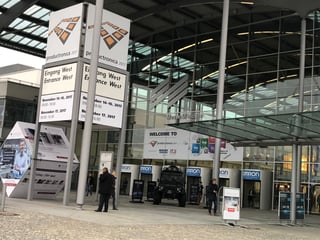
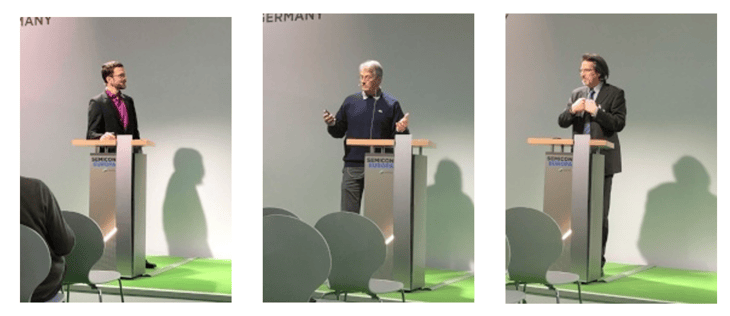
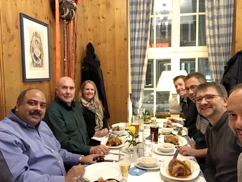




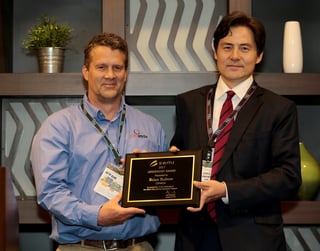
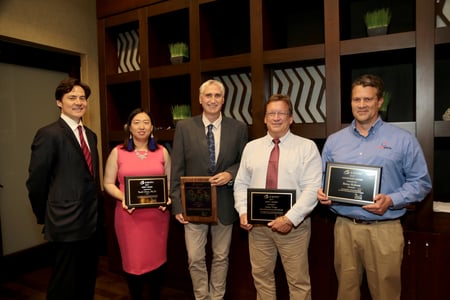
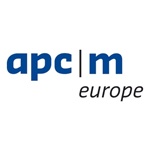 Cimetrix participated in the recent European Advanced Process Control and Manufacturing (apc|m) Conference, along with over 150 control professionals across the European and global semiconductor manufacturing industry. The conference was held in Dublin, a lively city on the east coast of Ireland which features a charming juxtaposition of old and new and is home to 1.2 million of the friendliest and most talkative people on the planet!
Cimetrix participated in the recent European Advanced Process Control and Manufacturing (apc|m) Conference, along with over 150 control professionals across the European and global semiconductor manufacturing industry. The conference was held in Dublin, a lively city on the east coast of Ireland which features a charming juxtaposition of old and new and is home to 1.2 million of the friendliest and most talkative people on the planet! 

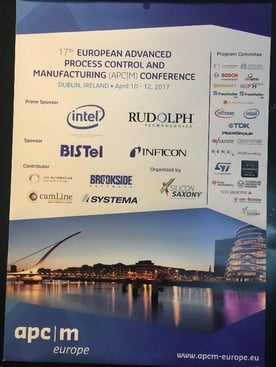


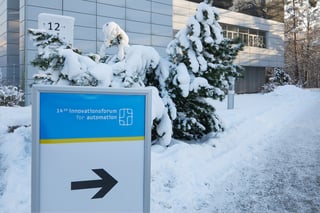 Cimetrix was one of the sponsors of the conference. Dresden is hot bed for semiconductor manufacturing in Europe. In fact, 50% of the chip output from Europe comes from Dresden. The conference is organized by the Automation Network Dresden which consists of 5 Dresden based companies; AIS, HAP, Ortner, SYSTEMA and Xenon. SYSTEMA is a Cimetrix partner and helps us with integration projects.
Cimetrix was one of the sponsors of the conference. Dresden is hot bed for semiconductor manufacturing in Europe. In fact, 50% of the chip output from Europe comes from Dresden. The conference is organized by the Automation Network Dresden which consists of 5 Dresden based companies; AIS, HAP, Ortner, SYSTEMA and Xenon. SYSTEMA is a Cimetrix partner and helps us with integration projects. 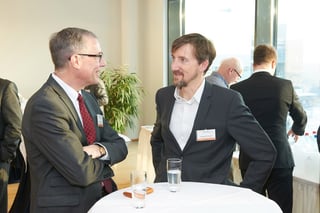
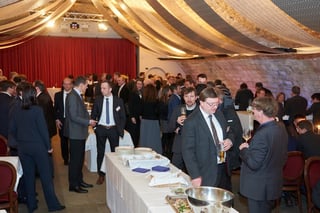
 SEMI North America Information & Control Task Force and Committee fall meetings were last held at SEMI headquarters November 7 through 9, 2016. During these meetings, SEMI announced that they are relocating their headquarters to Milpitas, CA. That move is currently underway. In the GEM 300 task force, all of the ballots failed to pass. This include ballot 5872A, 5549, 6026, 6066, and 6068. In the DDA task force, ballot 6064 also failed.
SEMI North America Information & Control Task Force and Committee fall meetings were last held at SEMI headquarters November 7 through 9, 2016. During these meetings, SEMI announced that they are relocating their headquarters to Milpitas, CA. That move is currently underway. In the GEM 300 task force, all of the ballots failed to pass. This include ballot 5872A, 5549, 6026, 6066, and 6068. In the DDA task force, ballot 6064 also failed.
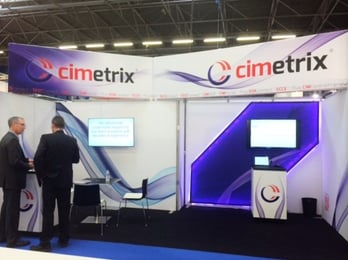 We highlighted our CIMPortal Plus software demonstrating the benefits of the SEMI E164 standard. Attendance seemed light this year which allowed the Cimetrix team ample time to meet with various equipment supplier customers who had exhibits at the show. Of particular interest to our customers was our advice on when and how to add Interface A to their control systems, and what impact Industry 4.0 and smart manufacturing will bring. The evening networking event was very well done; congrats to the SEMI team.
We highlighted our CIMPortal Plus software demonstrating the benefits of the SEMI E164 standard. Attendance seemed light this year which allowed the Cimetrix team ample time to meet with various equipment supplier customers who had exhibits at the show. Of particular interest to our customers was our advice on when and how to add Interface A to their control systems, and what impact Industry 4.0 and smart manufacturing will bring. The evening networking event was very well done; congrats to the SEMI team.